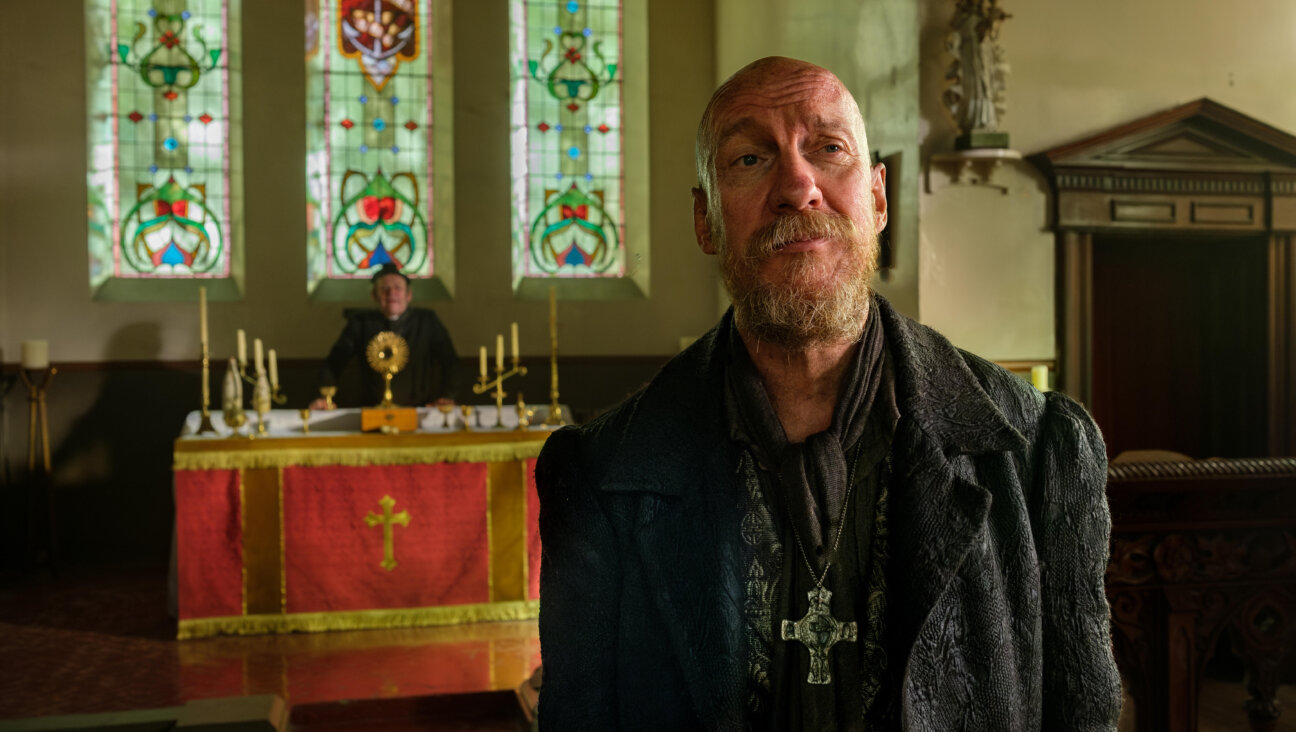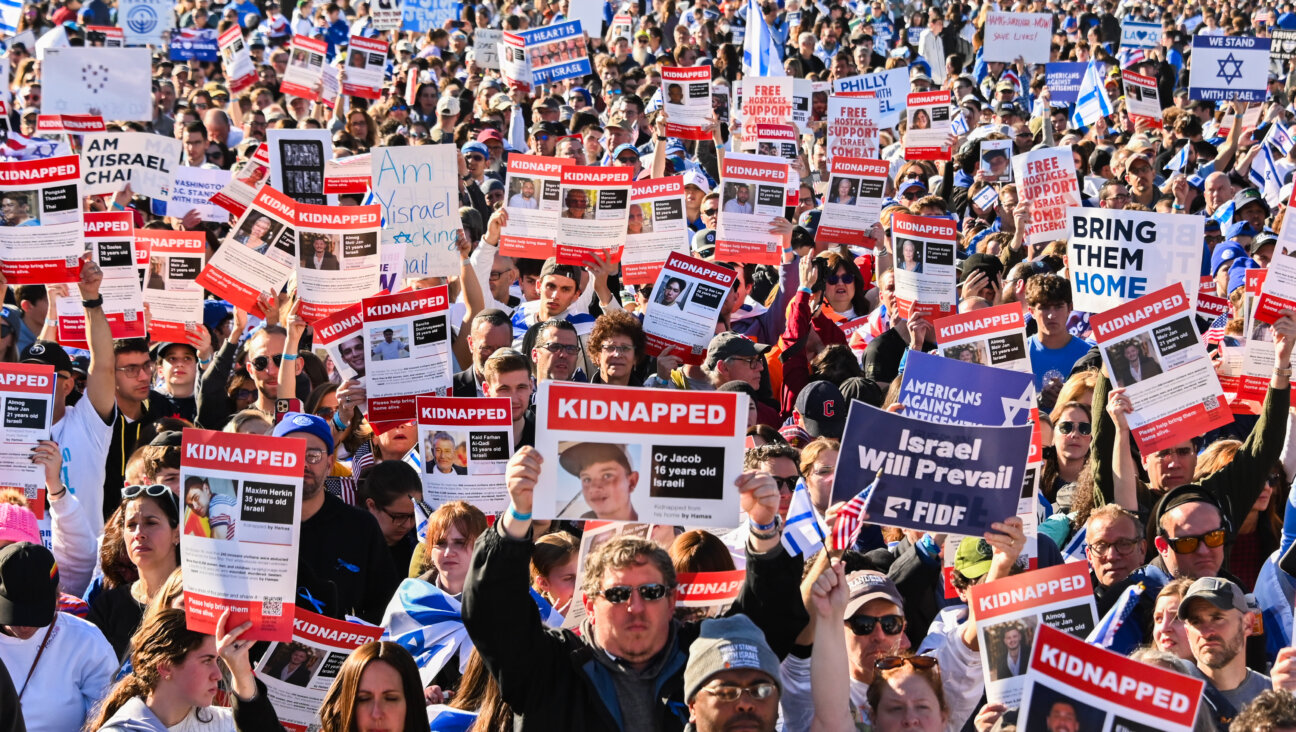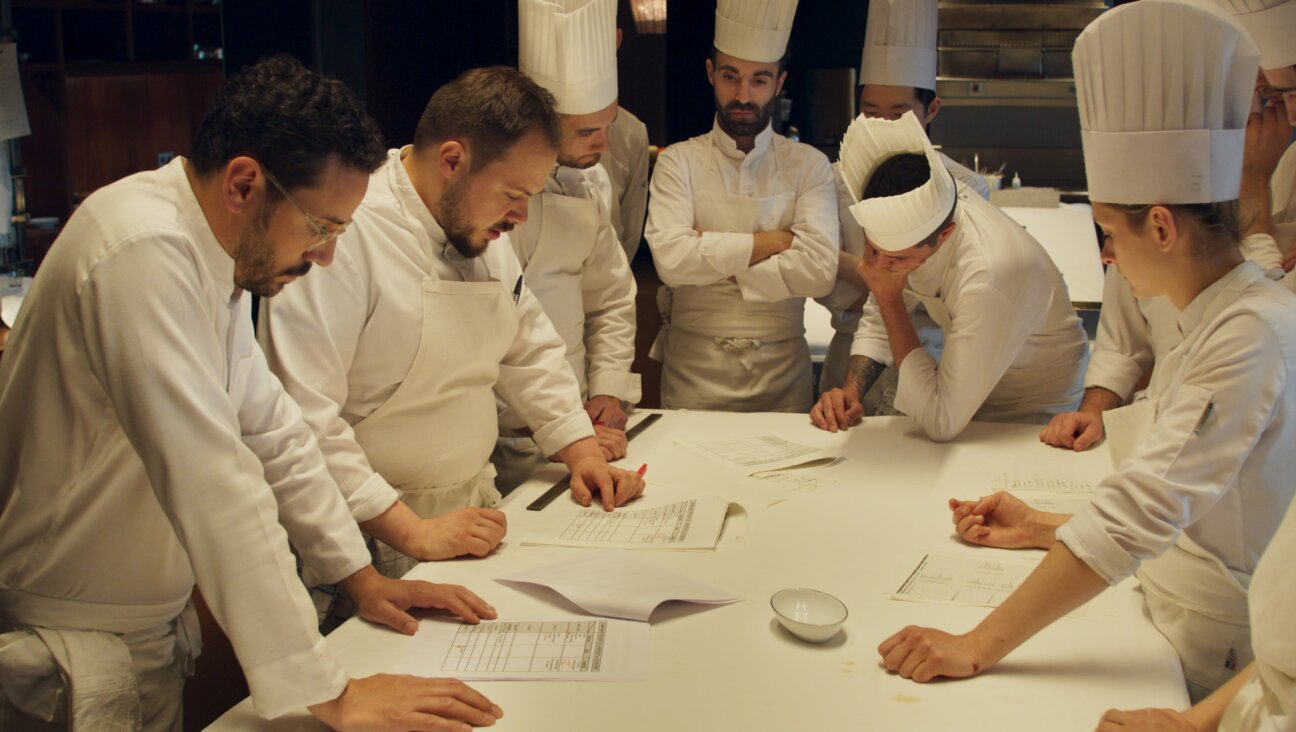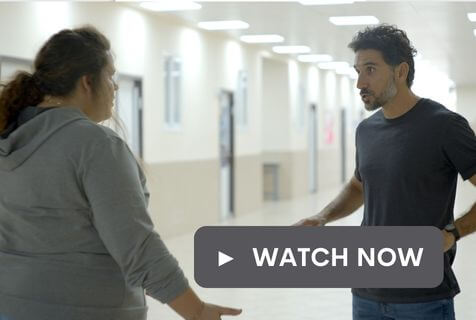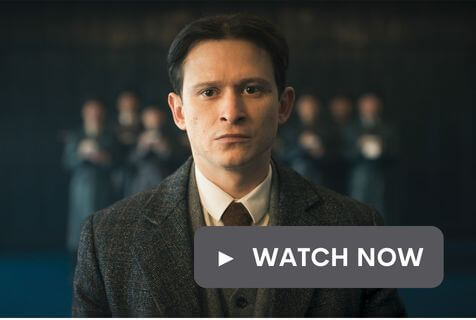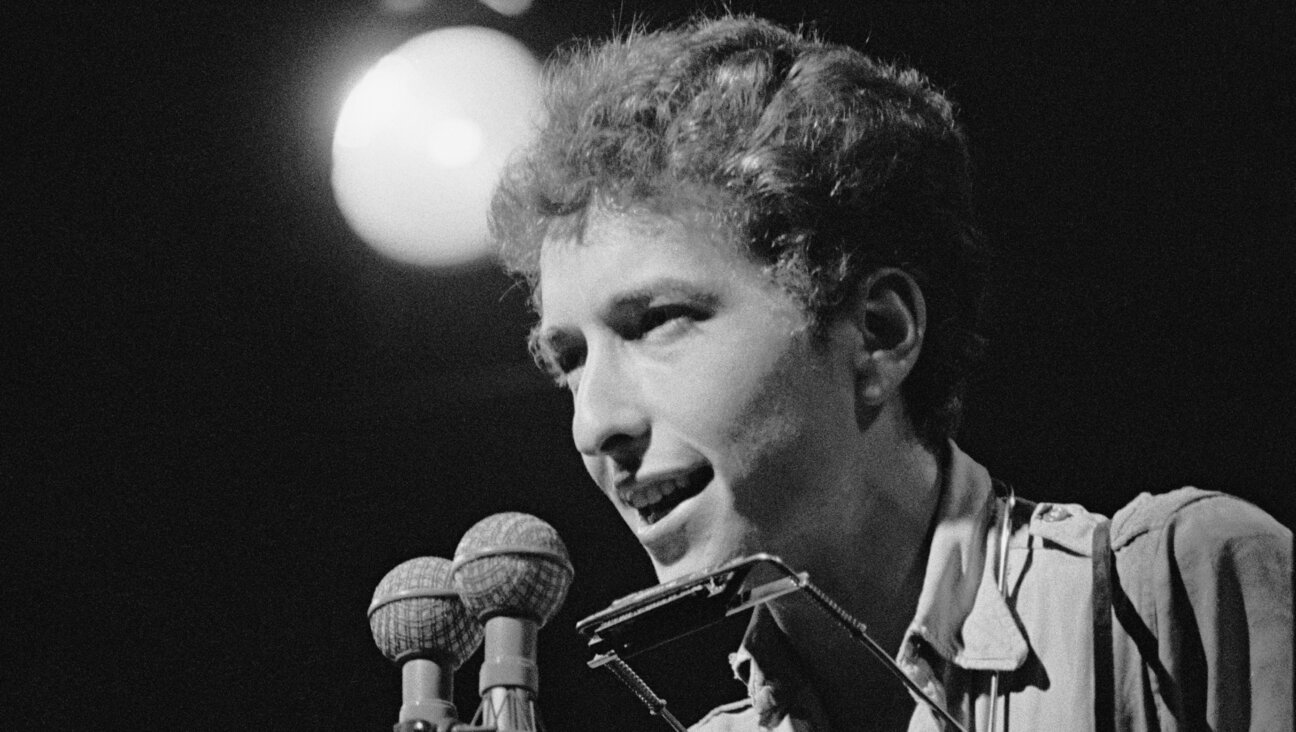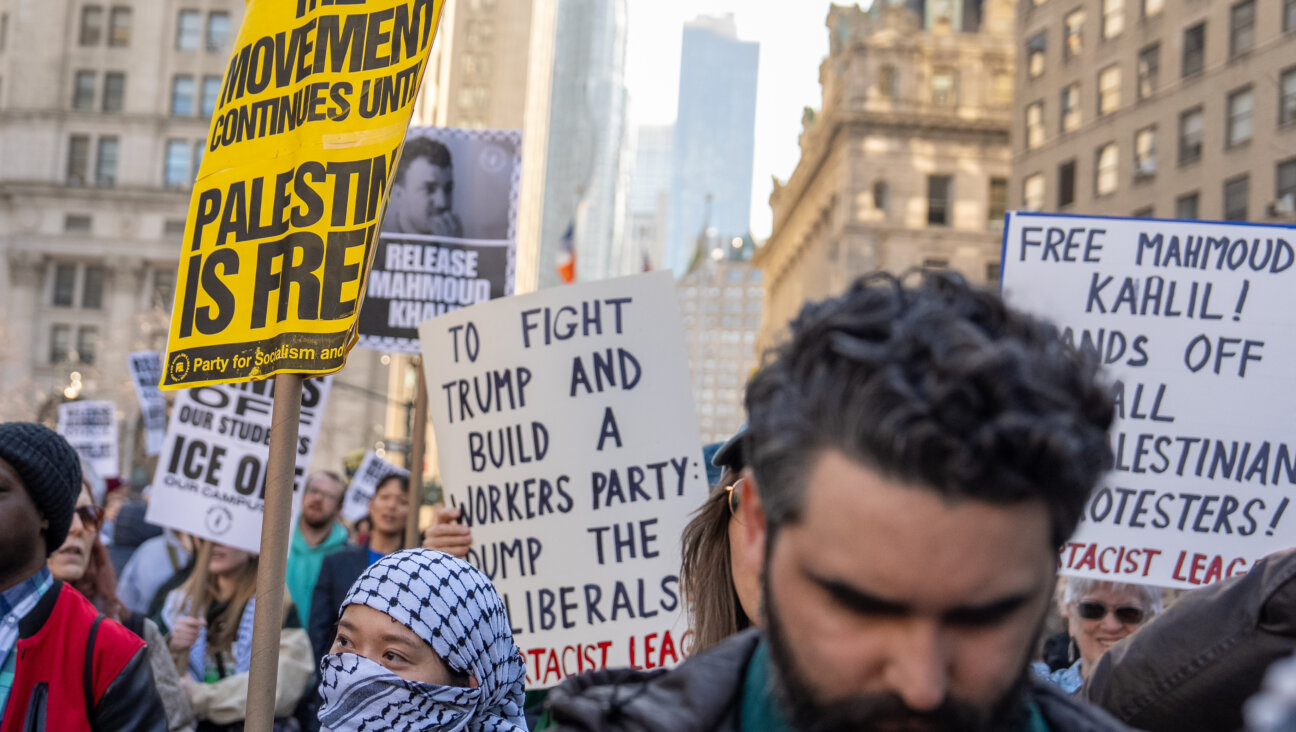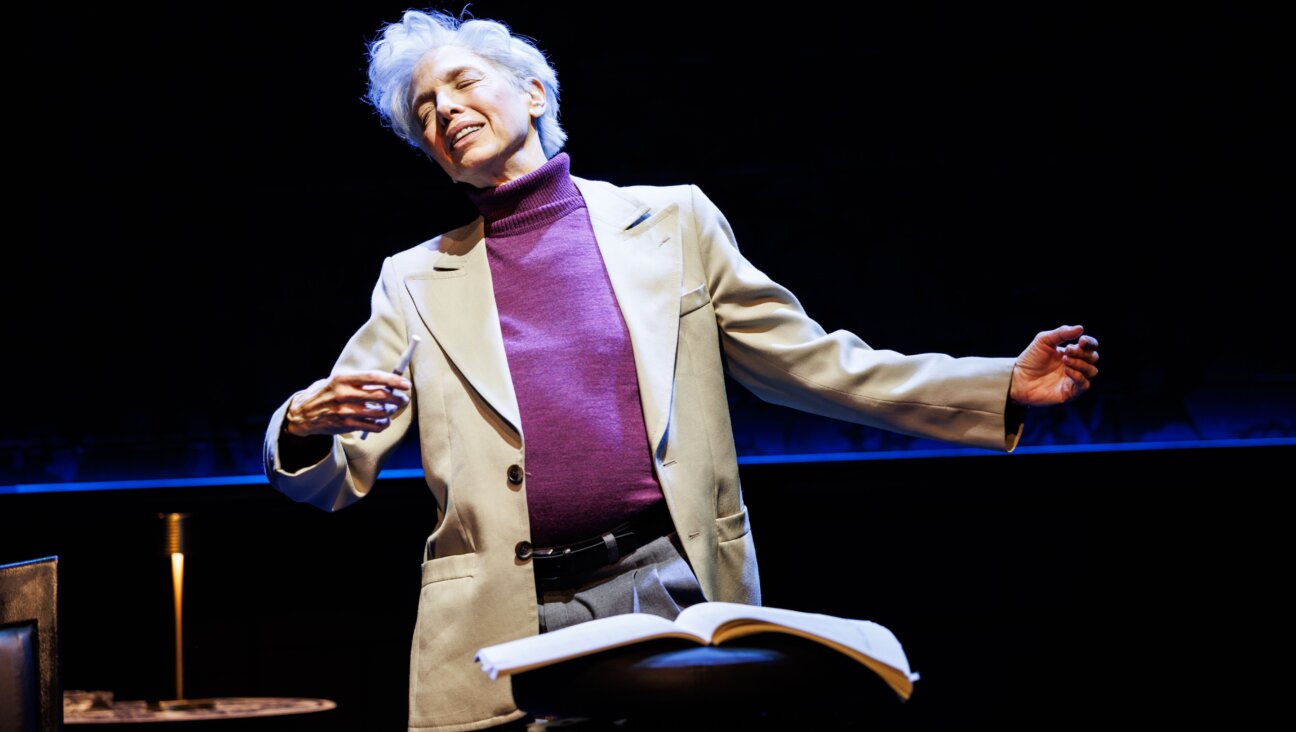One Author, Two Radically Different Holocaust Stories

Image by Peter Kuley/Wikimedia Commons
Hell’s Traces: One Murder, Two Families, Thirty-Five Holocaust Memorials
By Victor Ripp
Farrar, Straus and Giroux, 224 pages, $25
By Julia M. Klein
Victor Ripp, an American academic and author, is the descendant of two European Jewish families that met radically different fates.
On his mother’s side, the Kahans, a wealthy clan skilled at the art of migration, had the foresight and resources to flee Berlin in 1933. Thirty Kahans made it safely to Palestine or, eventually, the United States. Their story was documented well enough to inspire a museum display and a pending German-language biography.
The Ripps, equally itinerant but of more modest means, were less fortunate: The Nazis killed 11 relatives, living in Paris and Grodno (in today’s Belarus), including the author’s 3-year-old cousin, Alexandre. They lack even a gravesite. Victor’s father — with his wife, Victor’s brother and a very young Victor — escaped in large part because he had married into the Kahan family.
“Hell’s Traces” is Ripp’s idiosyncratic, intermittently absorbing attempt to wed the mosaic of his family history to a meditation on the meaning and limits of Holocaust memorials. He began, Ripp says, by trying to write a more conventional family chronicle, but his words “lay lifelessly on the page.” Embracing the framework of a travel narrative, he decided to enlist various sites of remembrance as entry points to a personal past.
As Ripp acknowledges in his bibliography, James E. Young, Edward T. Linenthal and others have written important books about the memorialization of the Holocaust. And the quest to illuminate the lives of murdered relatives, exemplified by Daniel Mendelsohn’s 2006 masterpiece, “The Lost: A Search For Six Of Six Million,” is a burgeoning subgenre of the Holocaust memoir.
Ripp’s twist is that he examines memorials for the light they shed on his family’s fate, often interviewing their designers and local historians as well. It’s an interesting idea, but one that can seem forced in the execution.
During his encounters, Ripp refines his ideas about which Holocaust memorials work best. He seems initially skeptical of counter-memorials, which critique the heroic assumptions of typical memorials. But he’s won over by the work of Horst Hoheisel in Kassel, Germany, including a vitrine containing a clutter of stones and an underground “ghost” fountain that functions “like a bad memory that can’t be completely repressed.”
Alert to sentimentality and political proselytizing, Ripp is aware that memorials often do the work of myth. Having read James Young, he understands that context — architectural, geographic and historical — shapes memorials’ form and meaning. And he knows that memorials require engaged spectators to complete them. Ripp applies himself to that task.
“Hell’s Traces” begins close to home, with Nathan Rapoport’s Holocaust memorial in New Jersey’s Liberty State Park. A statue of an American soldier rescuing a concentration camp survivor, it celebrates American values — a message accentuated by its dramatic siting, against the backdrop of the Statue of Liberty and Ellis Island. Ripp dismisses it as “agitprop,” but draws this unsurprising lesson: “The setting counts. A nation’s spirit always seeps into the spirit of a memorial placed within its borders.”
Traveling to Europe, Ripp visits Berlin’s Memorial to the Murdered Jews of Europe, a massive, disorienting field of stone slabs through which visitors can wander. Peter Eisenman’s memorial is deliberately abstract and elusive in its meaning, as Ripp notes, but an underground information center fills in names, dates and other details. “I was left in awe of the implacable power of evil,” he writes, while wondering whether there was “a particular missed turn” that led the Ripps to their deaths.
Renata Stih and Frieder Schnock’s memorial in the Bayerischer Viertel of Berlin — scattered signs and pictograms on lampposts that enumerate a host of anti-Jewish regulations — evokes for Ripp “the step-by-step corruption of a nation’s soul.” Recalling his uncle Aronchik, who hid while his wife, mother-in-law and son, Alexandre, were rounded up in Paris in 1942, Ripp asks, “Why was it so hard to realize that tragedy was closing in?”
Ripp’s journey takes him eastward and further into the past. Rapoport’s famous Monument to the Ghetto Heroes, in Warsaw, Poland, strikes him as grandiose, while Auschwitz knocks him into a “stupefied trance.” In Grodno, his father’s birthplace, he learns that his Ripp relatives were more prosperous than he had imagined. Exploring Shchedrin, Belarus, where his maternal grandmother grew up, he finds an old Jewish cemetery and a memorial that commemorates only “peace-loving victims of Nazi aggression,” a typical Soviet formulation.
In Vienna, Ripp uneasily admires the beauty of Rachel Whitehead’s Judenplatz Holocaust Memorial, a stylized library in sandstone-colored concrete. And in Budapest, with its legacy of both heroism and villainy, he is especially moved by a metonymic memorial that features 50 pairs of cast-iron shoes pointing toward the Danube River.
Ripp’s last stop is Paris, Alexandre’s home before his deportation to Auschwitz. There he finds his cousin’s name inscribed on a wall in the Shoah Memorial in the Marais, and also etched in glass, in a park where children now play. In that park, past and present converge for Ripp one last time, in reverential mourning for his lost family and quiet appreciation of his own survival.
Julia M. Klein, the Forward’s contributing book critic, was a finalist this year for the National Book Critics Circle’s Nona Balakian Citation For Excellence In Reviewing. Follow her on Twitter, @JuliaMKlein
A message from our Publisher & CEO Rachel Fishman Feddersen

I hope you appreciated this article. Before you go, I’d like to ask you to please support the Forward’s award-winning, nonprofit journalism so that we can be prepared for whatever news 2025 brings.
At a time when other newsrooms are closing or cutting back, the Forward has removed its paywall and invested additional resources to report on the ground from Israel and around the U.S. on the impact of the war, rising antisemitism and polarized discourse.
Readers like you make it all possible. Support our work by becoming a Forward Member and connect with our journalism and your community.
— Rachel Fishman Feddersen, Publisher and CEO








